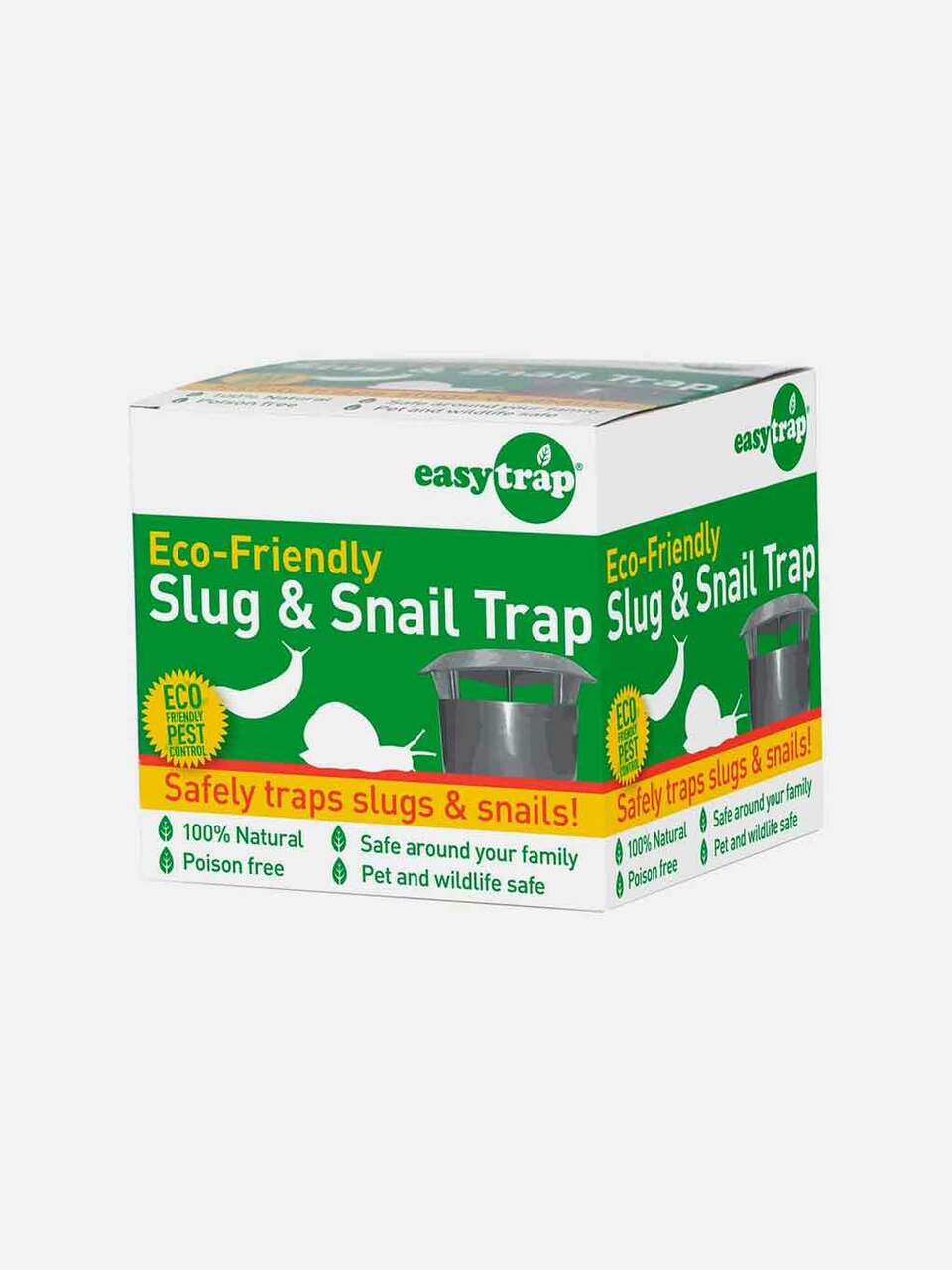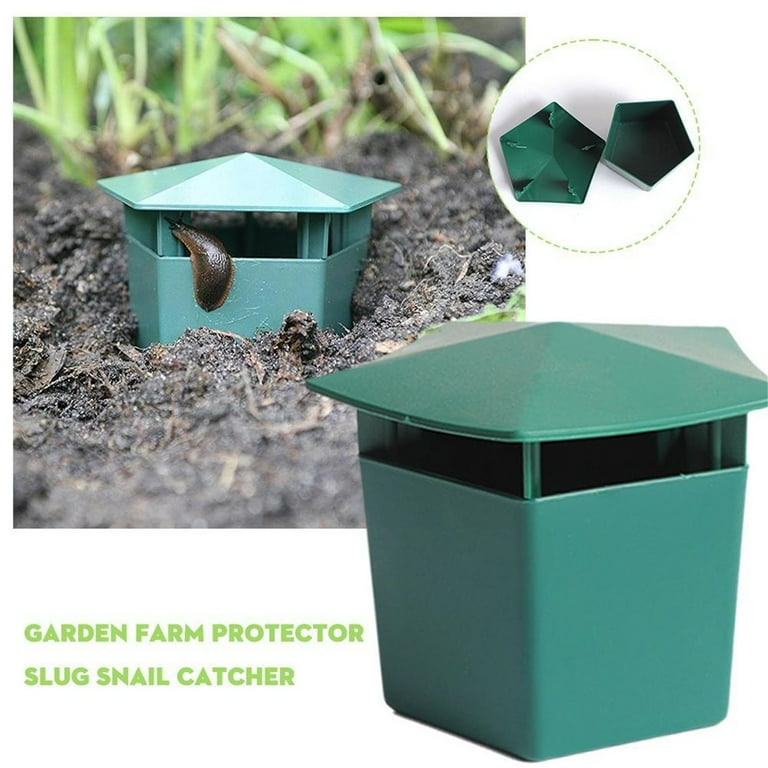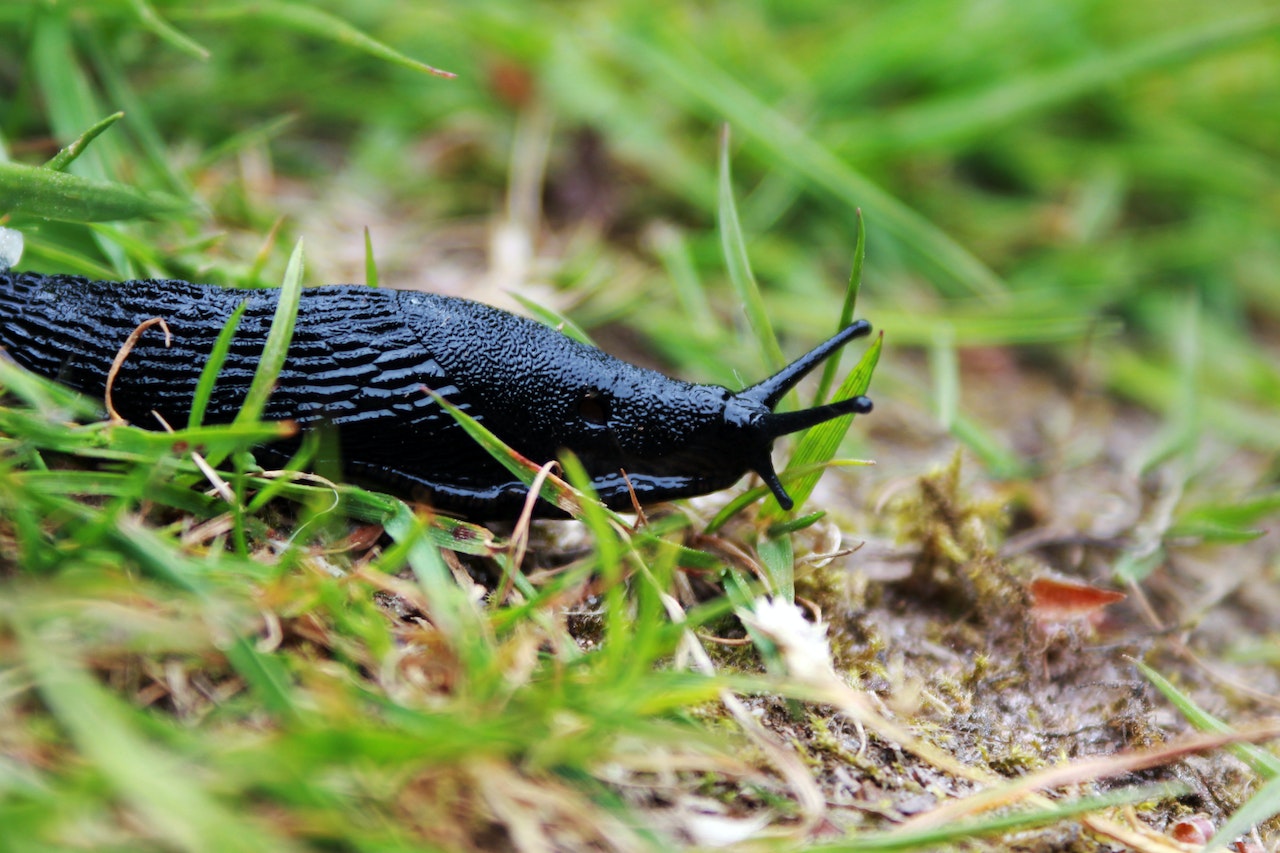Tackling Slugs in Your Garden Naturally

Slugs rank among the most persistent and aggravating pests gardeners face. These moist, slimy invaders munch on delicate leaves, young plants, and fruits, leaving behind ragged holes and shiny, silvery trails. Although chemical slug baits offer a quick solution, they pose risks to beneficial insects, pets, and the broader ecosystem. Luckily, there are safe, eco-friendly approaches to managing slugs that protect your garden’s health.
This guide delves into why slugs cause trouble, how to prevent their presence naturally, and effective, chemical-free techniques to eliminate them.
Why Slugs Are a Concern
Slugs are primarily nocturnal plant-eaters that thrive in cool, damp, shaded spots. Their diet includes:
- Leafy greens like lettuce and cabbage
- Tender seedlings and sprouts
- Soft fruits such as strawberries and tomatoes
Common signs of slug activity include:
- Irregular holes in leaves and fruits
- Shiny, slimy trails on soil, pots, and foliage
- Seedlings that appear wilted or partially eaten
Slugs flourish in moist conditions, especially during spring and autumn, making early detection and prevention vital.
Natural Strategies to Deter Slugs
Preventing slug problems is more effective than dealing with infestations. By shaping your garden environment to be less inviting to slugs, you can keep their numbers down.
-
Keep Your Garden Clean
Clear away fallen leaves, rotting plants, and debris where slugs hide. Avoid using mulch that retains excessive moisture near plant bases. -
Water Wisely
Irrigate in the morning to let soil dry before nightfall, and avoid overwatering since damp soil attracts slugs. -
Support Natural Predators
Birds like thrushes and blackbirds, along with hedgehogs, frogs, and toads, naturally reduce slug populations. Provide habitats such as birdhouses or log piles to encourage these helpful creatures. -
Plant Slug-Resistant Varieties
Incorporate plants that slugs tend to avoid, including:
- Lavender, rosemary, and sage
- Fennel and chives
- Ferns and ornamental grasses
Using these as companion plants can shield more vulnerable crops.
Chemical-Free Methods to Remove Slugs
If slugs have already invaded, several natural tactics can help control them effectively.
-
Manual Removal
Search your garden at dusk or dawn when slugs are most active. Wearing gloves, collect them and place them in soapy water to humanely dispose of them. Repeat regularly for best results. -
Beer Traps
Slugs are drawn to the yeast in beer. Bury a shallow container filled with beer so its rim is level with the soil. Slugs crawl in and drown, reducing their numbers. -
Copper Barriers
Copper repels slugs due to a chemical reaction with their slime. Wrap copper tape around pots or garden beds, or lay copper strips along pathways to keep slugs at bay. -
Diatomaceous Earth or Crushed Eggshells
Sprinkle these abrasive materials around plants. They irritate slugs’ soft bodies and should be reapplied after rain or heavy watering. -
Coffee Grounds
Used coffee grounds can serve as a natural barrier, deterring slugs from crossing.
Natural Slug Deterrents and Garden Protection

-
Scatter used coffee grounds in a circle around your plants to create a barrier that slugs avoid.
-
Beneficial Nematodes: These tiny, beneficial worms can be bought and introduced into your soil. They naturally infect and eliminate slugs without posing any risk to your plants or pets.
-
Physical Barriers and Traps: Surround your plants with coarse materials like sand, gravel, or wood ash, which slugs find difficult to cross. Use inverted flower pots or boards as daytime hiding spots for slugs, then collect and remove them each morning.
-
Companion Planting for Slug Defense:
- Certain plants repel slugs or divert them away from your main crops.
- Marigolds are effective at deterring many garden pests, including slugs.
- Garlic and onions emit strong scents that slugs dislike.
- Planting lettuce or other sacrificial crops away from your primary plants can lure slugs away.
-
Organic Mulching Tips:
- While mulch helps retain soil moisture, it can also create a welcoming environment for slugs.
- Opt for coarse mulches like straw or wood chips instead of dense, damp layers.
- Keep mulch a few inches away from plant stems and avoid piling wet leaves directly against them.
-
Ongoing Monitoring and Management:
- Regularly check your plants, especially after rainfall.
- Rotate crops to prevent slug buildup and avoid planting vulnerable vegetables in the same spot each season.
- Keep garden edges free of weeds, which can serve as slug hideouts.
- Track slug activity and adjust your control methods as needed.
-
When to Intensify Control Efforts:
- If you observe widespread leaf damage or persistent slug presence despite preventive measures, consider combining strategies like handpicking, barriers, and nematodes to regain control.
-
Summary:
Slugs don’t have to ruin your garden. By learning their habits and creating an environment they dislike, you can protect your plants naturally without chemicals. Key approaches include:- Maintaining garden cleanliness and proper watering
- Encouraging natural slug predators
- Using physical barriers, traps, and natural repellents
- Employing companion planting and organic mulching
With patience and consistent care, you can cultivate a vibrant, healthy garden free from harmful chemicals, safeguarding both your plants and the surrounding ecosystem. These eco-friendly methods empower you to outwit slugs and keep your garden flourishing.
Slug Problems in Gardens
- Slugs damage tender leaves, seedlings, and fruits, leaving holes and silver trails.
- They thrive in damp, shady areas, especially in spring and fall.
- Commonly affect leafy greens, young plants, and soft fruits.
- Signs include holes, slimy trails, and wilted seedlings.
Natural Prevention Strategies
- Maintain garden hygiene by removing debris and wet mulch.
- Water in the morning to keep soil dry at night.
- Encourage natural predators like birds, hedgehogs, frogs, and toads.
- Plant slug-resistant species such as lavender, rosemary, sage, fennel, chives, ferns, and ornamental grasses.
Non-Chemical Slug Control Methods
- Handpick slugs at dusk or dawn and dispose humanely.
- Use beer traps to drown slugs attracted to yeast.
- Apply copper barriers to repel slugs.
- Sprinkle diatomaceous earth or crushed eggshells as abrasive barriers.
- Spread coffee grounds around plants to deter slugs.
- Introduce slug nematodes to infect and kill slugs naturally.
- Create rough surfaces (sand, gravel, wood ash) and use shelters to trap and remove slugs.
Companion Planting for Slug Control
- Use marigolds, garlic, and onions to repel slugs.
- Plant sacrificial crops like lettuce away from main plants to attract slugs.
Organic Mulching Tips
- Use coarse mulch (straw, wood chips) instead of dense, wet mulch.
- Keep mulch away from plant bases to avoid slug habitats.
Ongoing Monitoring and Maintenance
- Regularly inspect plants, especially after rain.
- Rotate crops and clear garden edges of weeds.
- Track slug activity and adjust methods as needed.
When to Intensify Control
- Combine multiple methods if slug damage is severe or persistent.
Summary
- Slugs can be managed naturally by understanding their habits and using eco-friendly methods.
- Key actions: hygiene, watering, predators, barriers, companion planting, and mulching.
- Consistency and patience lead to a healthy, chemical-free garden.
